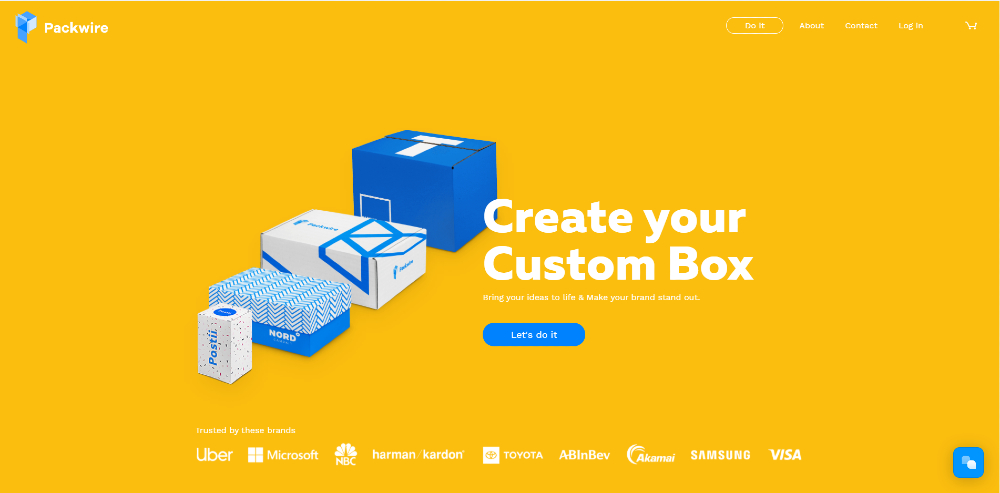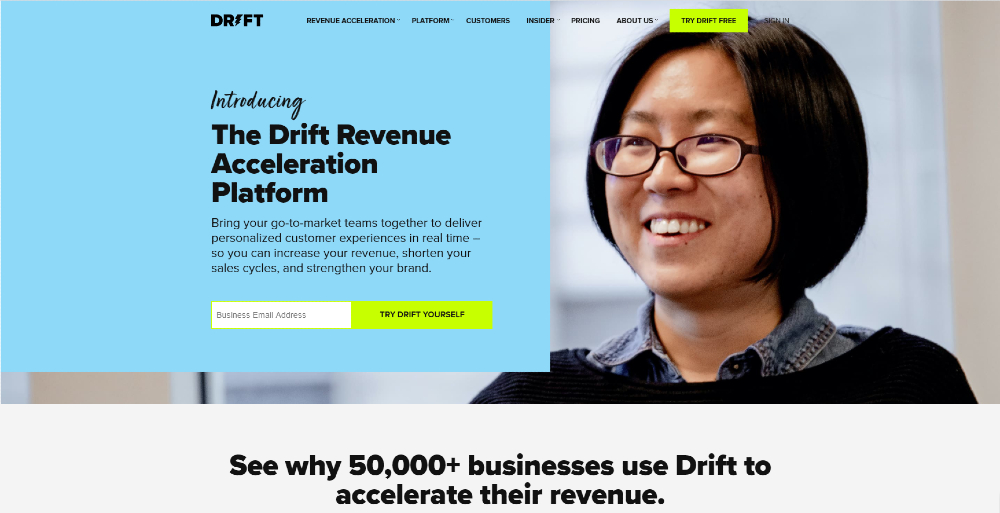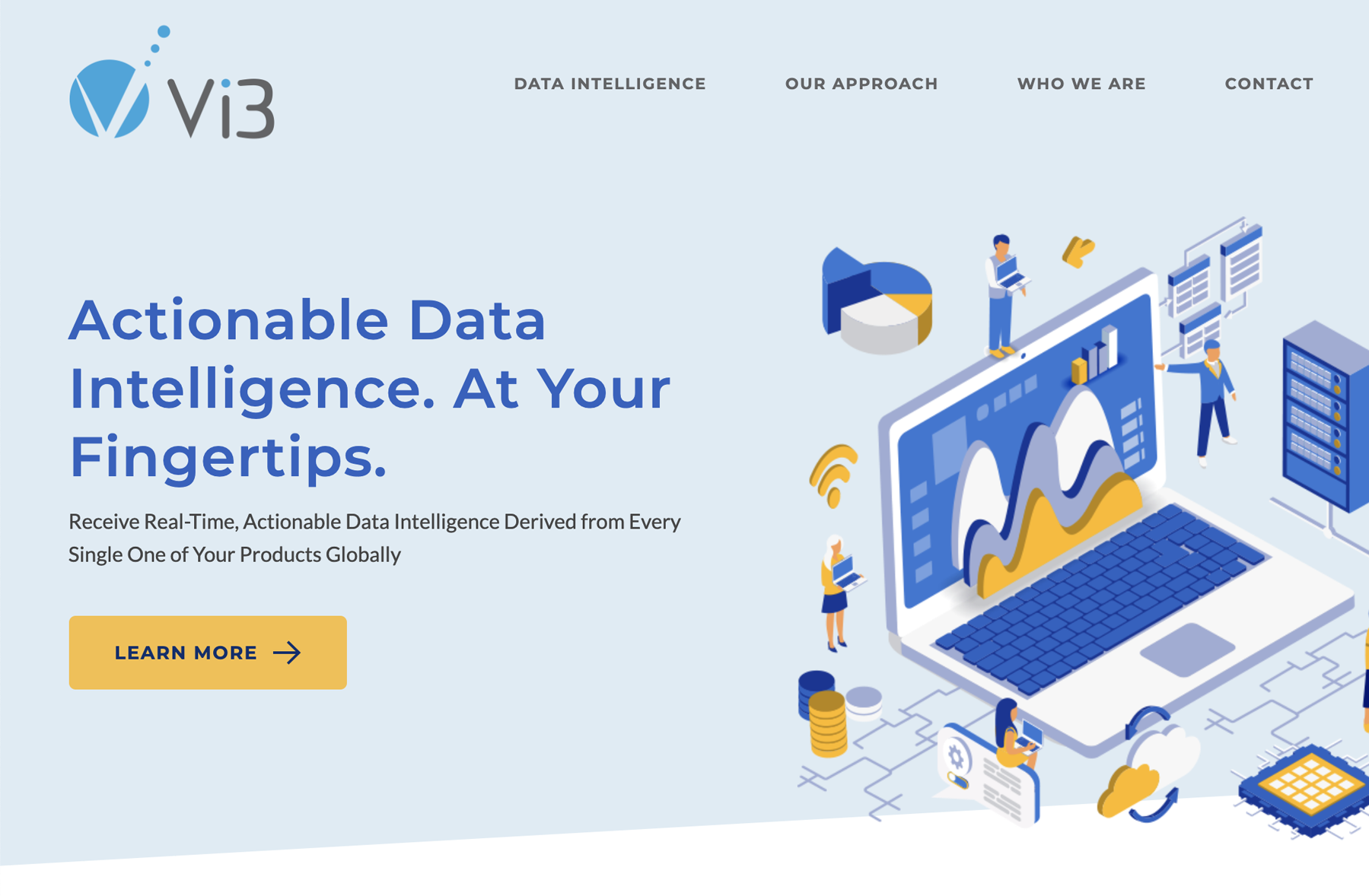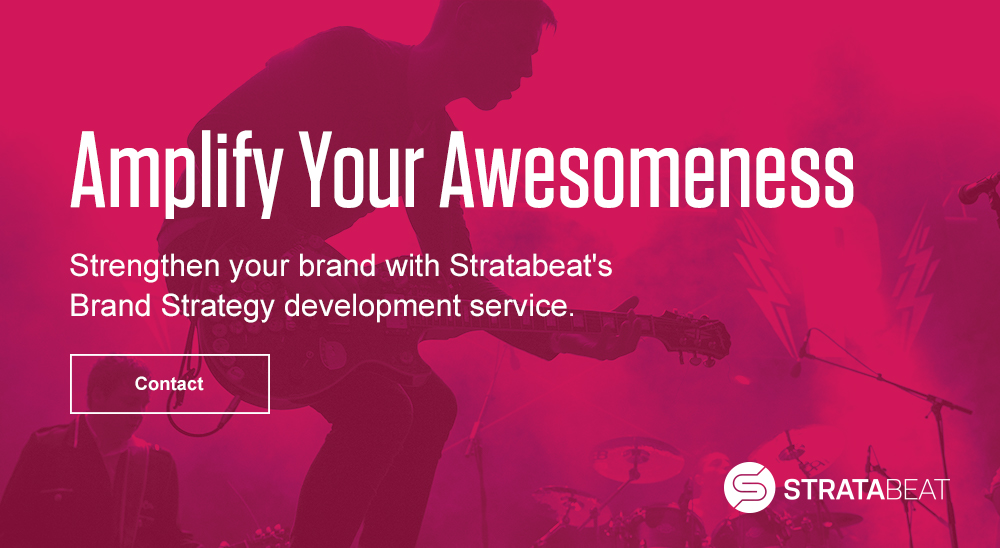Top B2B Branding Trends for 2021
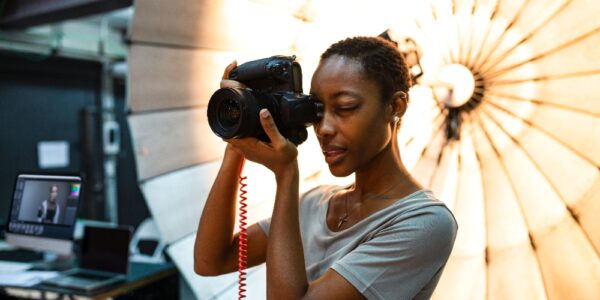
Branding has an undeniable impact on the recognition, memorability, and success of a business. Many people think of branding as just a logo or a tagline, but it’s much more than that. Branding encompasses your unique identity, core values, and how you differentiate yourself to your customers.
The coming New Year may be the most highly anticipated in history. Businesses, families, and individuals have experienced the collective toll of 2020 as we were forced into a new normal with COVID-19. It’s often been said that innovation comes from adversity, and many of the changes we experienced in the last year will likely inspire the B2B branding trends of tomorrow.
As Millennials and Generation Z begin to make up the majority of the workforce, we’re starting to see a shift in B2B branding, with more emphasis on strong, unique brands that cater to their creative, quirky, and personable brand preferences. The events of 2020 will also inspire a shift to more digital experiences, activism, and human connection. With that in mind, here are the top B2B branding trends for 2021.
Brand Activism
This year has been politically driven, bringing a variety of social, environmental, and economic issues to the forefront. With cancel and callout culture (otherwise known as “facing consequences for your actions—or inaction”) dominating social media, gone are the days of businesses playing Switzerland on controversial issues. Consumers are demanding that businesses take a stance, and businesses are wanting to partner with like-minded businesses.
For B2Bs, that means it’s not good enough to run a charity campaign around the holidays and call it a year. Activism should be built into the DNA of your brand, business model, company culture, marketing, and more. Every facet of your business should reflect and uphold your stance on key issues that affect your industry and customers.
If you’re not sure how to get involved, pay attention to what your clients (and their customers) are interested in, the issues they care about, and opportunities for your business to offer support. It’s important for your brand’s activism to be genuine and authentic.
Want to Captivate Your Audience?
Learn how to strengthen your brand with better B2B branding. Let’s Talk!
Bold Minimalism
Over the last decade or so, minimalism has become the biggest influence on modern branding and design. Millennial and Gen Z customers prefer simple, modern brand experiences, from your logo and color scheme to your service offerings and website design. For many B2B companies, the up-and-coming generations are already becoming your buyers and clients.
While minimalism is all the rage, be careful not to let the pendulum swing too far. Minimalism shouldn’t mean boring. Instead, look for opportunities to do more with less. Simplify your brand experience, and use bold, memorable colors and imagery that differentiate you without being overwhelming.
Packwire creates custom packaging for all kinds of brands. Their website is minimal and simple but uses powerful, bright colors and captivating imagery that conveys the versatility of their products.
Inclusion and Diversity
Black Lives Matter is one of the largest social justice movements in history, and their influence is demanding more inclusion and diversity from businesses. More importantly, this “trend” isn’t going anywhere, and businesses who fail to step up will be left behind. Generation Z is the most diverse generation to date, and representation matters to your buyers, partners, and employees.
Be intentional about diversity in your branding, core values, hiring practices, imagery, and marketing. Keep in mind, inclusion extends beyond race. Think about how your brand engages and represents all marginalized groups, such as BIPOC, LGBTQ, and disabled people.
Don’t expect your team to just “do diversity” on their own. Your stance as a brand and a business matters and will trickle down to every level of your company. Do your research, and don’t be afraid to hire a diversity consultant to help educate your team and elevate your company’s awareness.
Original Brand Imagery
Stock photos are so 2018. As the old adage goes, a picture is worth a thousand words. The imagery you use on your website and marketing materials say a lot, so it’s important that they reflect who you are as a business.
Remember, while you are “Business to Business,” your customers are still people. They don’t want to work with a company—they want to work with you. High-quality branded imagery is a great way to put a face to your brand and keep up with B2B branding trends. The modern buyer can sniff out a stock photo a mile away, and people would much rather see who you actually are. However, there is no room for low-quality, low-resolution imagery. If you don’t have a photographer on staff, invest in a lifestyle photography session around the office to capture your daily work and have personable headshots.
One great example of this is Drift, a revenue acceleration platform. Their website imagery is professional and clean, but captures real, authentic photos of their employees and clients.
Business to People
When it comes to branding, the lines between B2B and B2C are becoming blurred. While each sector has a distinct function, we’re seeing B2Cs embrace a B2P (Business to People) approach, and B2Bs would be wise to follow suit.
The rise in social media and influencer marketing has raised the expectations of customers for both B2C and B2B markets. At the end of the day, people want authenticity, transparency, and real human connection, no matter how big or small you are or what products and services you offer.
While professionalism is still important, be intentional about how you humanize your brand. Be interactive with your customers online, highlight the talented people who make your business function, and don’t be shy about who you are.
Digital Everything
Since the dawn of the world wide web, we’ve experienced a major shift to digital. In the past, B2Bs were asking “Do I need a website?” or “Should we have social media channels?” Now, it’s basically required that B2Bs have a digital presence, but 2021 will likely push this concept even further.
COVID-19 showed many organizations how to operate with a fully remote staff. We’ll not only see digital technology integrated into more brand functions like this, but many B2Bs will be transitioning to a fully digital-first mentality. How can technology allow you to create a more seamless client experience, fine-tuned project management system, or a cohesive and connected team of remote employees? How can you think more like Google? And how can you become a true “digital organization?”
2020 forced many B2B brands to reconsider the digital aspects of not only their online presence and marketing, but the core of their business operations.
Sophisticated, but Not Stuffy
B2B organizations are getting much savvier when it comes to branding. Historically, B2Cs lead the way with cutting edge branding trends, but B2B companies are starting to give their branding more weight. This means more sophisticated, intentional, and fully developed B2B branding trends, from your logo and imagery to your mission statement and website design.
Remember that sophisticated doesn’t have to mean stuffy! Utilize compelling imagery, bold color choices, engaging copy, and fun illustrations. Vi3 is a great example of a B2B company with a sophisticated brand. However, their unique illustration graphics add a fresh element to their brand that feels both professional and fun.
